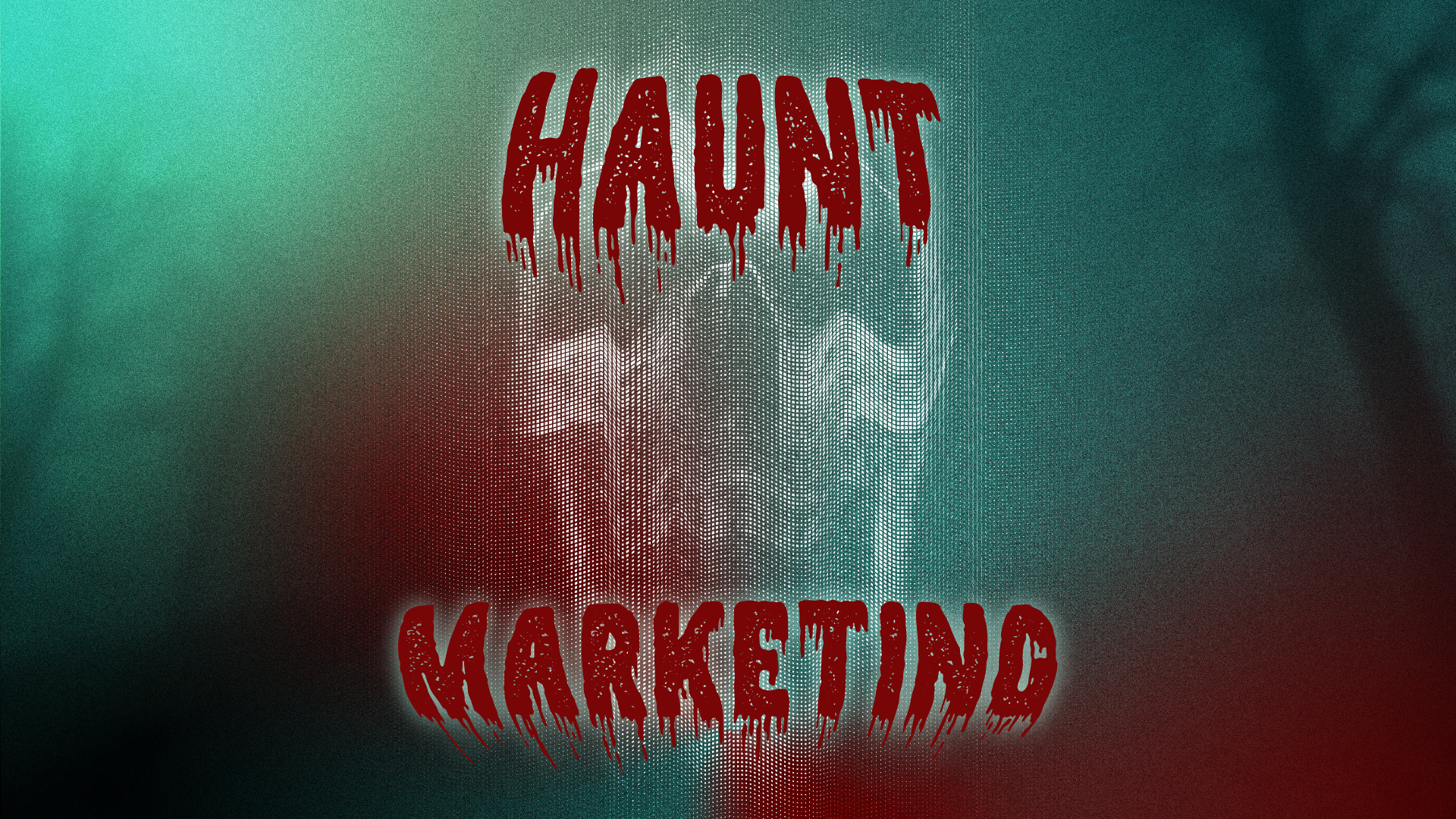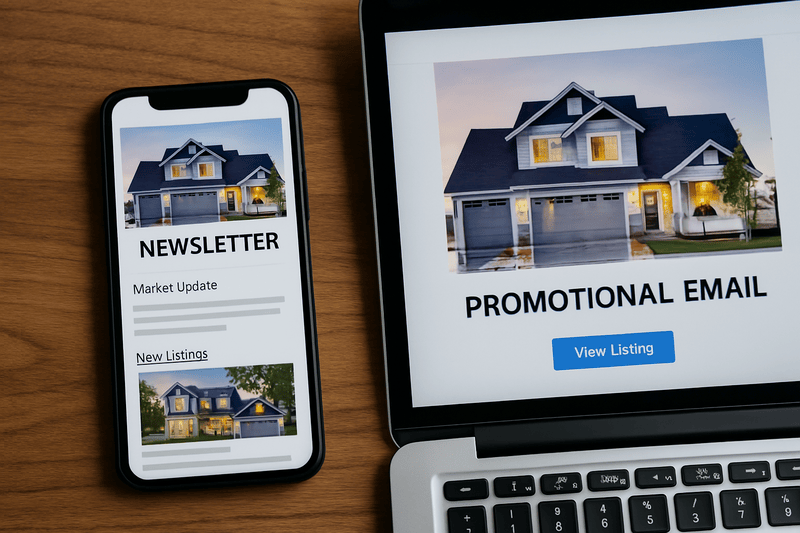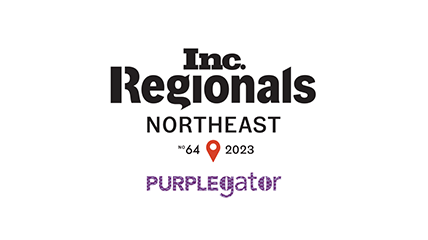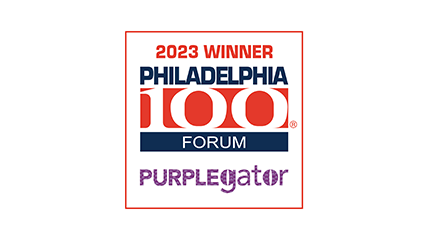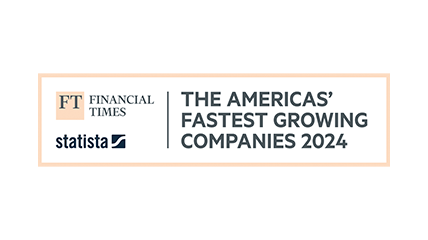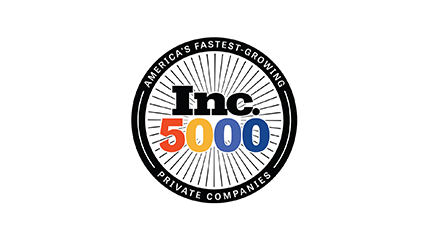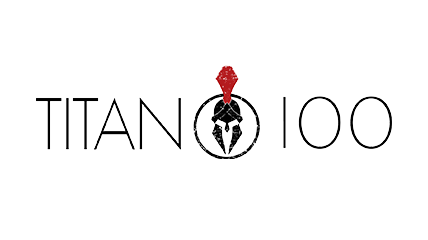Blog /
Mobile App Marketing
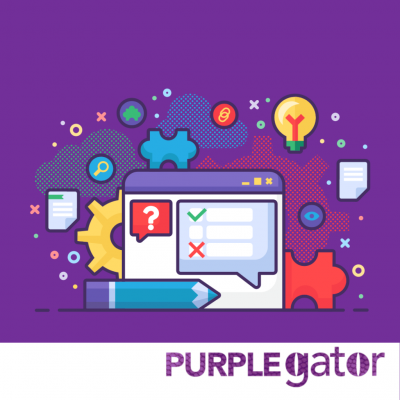
It’s the inevitable question that is going to come up in every marketing presentation regardless of the product or service: “how much is this gonna cost me?” Good question, but our answer is not so black and white. Let’s first discuss how a mobile advertiser can choose to purchase ads on the major ad networks — Google and Facebook. These two giants control almost ⅔ of the overall USA mobile advertising market.
Google offers both pay per click (PPC) advertising initiated via search and it also has a popular display network that is second only to Facebook in revenue. The company’s search engine marketing, or pay per click network, is known as Google AdWords. Google’s advertising display product, known as the Google Display Network, reaches 92% of all websites and is also included within apps that sell advertising. If you aren’t sure about the difference between its pay per click and display products, this graphic will explain it for you.
Here’s a look at the average click through rate and cost per click by vertical market on Google AdWords. According to WordStream, the average click and tap through rate on Google AdWords pay per click is 3.17%. The average click and tap through rate on the Google Display Network is 0.46%.
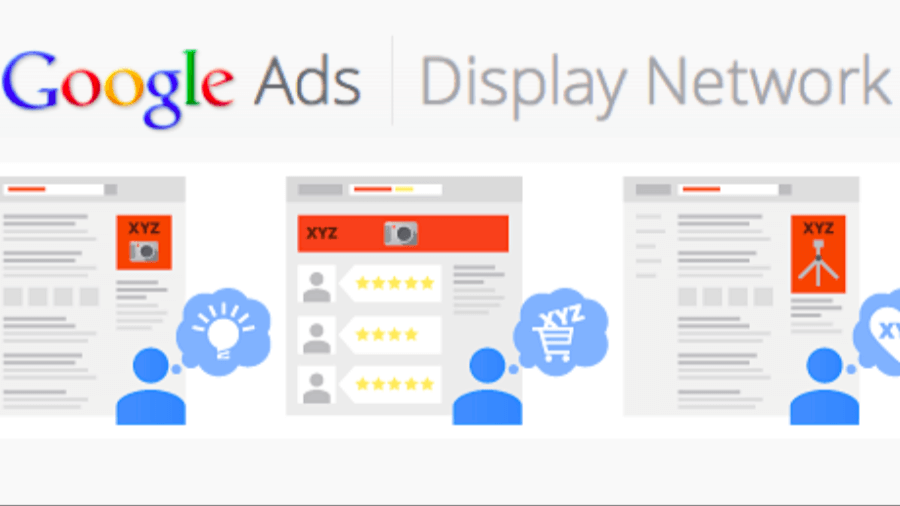
Those pay per click (PPC) taps, or clicks on AdWords, cost on average, $2.69 a click. On the Google Display Network the average cost per click is 63 cents. This might make you believe that the Display Network is a far better deal than pay per click is since the cost per click is so much lower. But, that fails to take intent into consideration. A tap or click on pay per click is likely lower in the sales funnel and that consumer is ready to buy now.
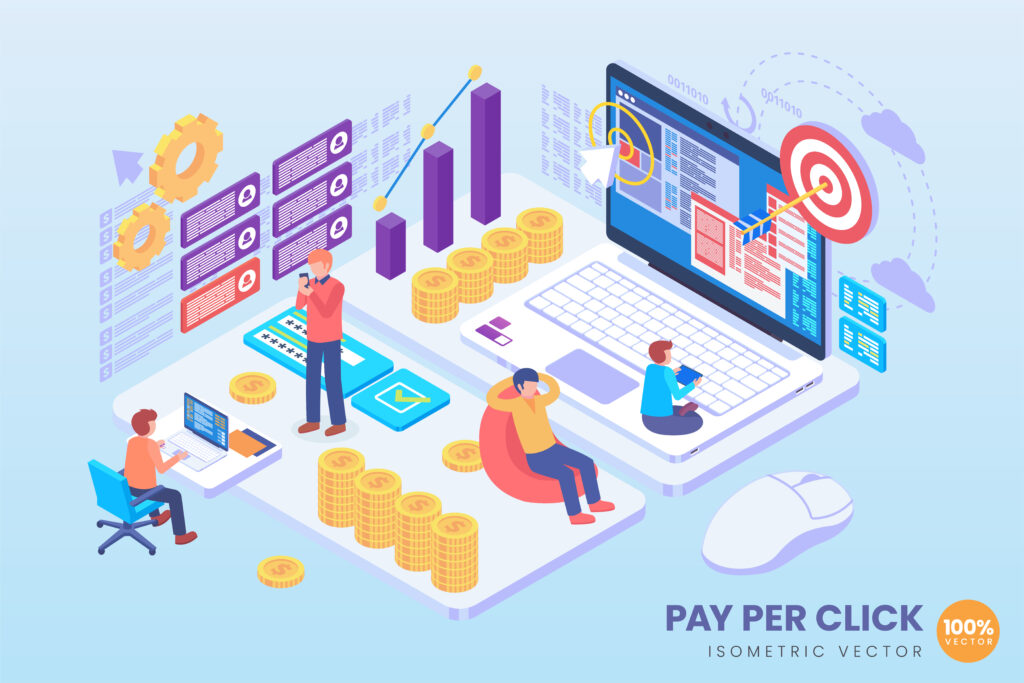
Google AdWords Pay Per Click
During the COVID-19 pandemic, there have been a lot of budgets migrating to using more pay per click advertising. That’s because businesses need business NOW, and they need to be seen online. There’s no time for branding campaigns.
Contrary to what many people think, Google determines what pay per click advertisement to show based on more than just the bid you are willing to pay. “Quality Score,” or Google’s judgement of how qualified your site is to accept that ad, plays a critical role as well.
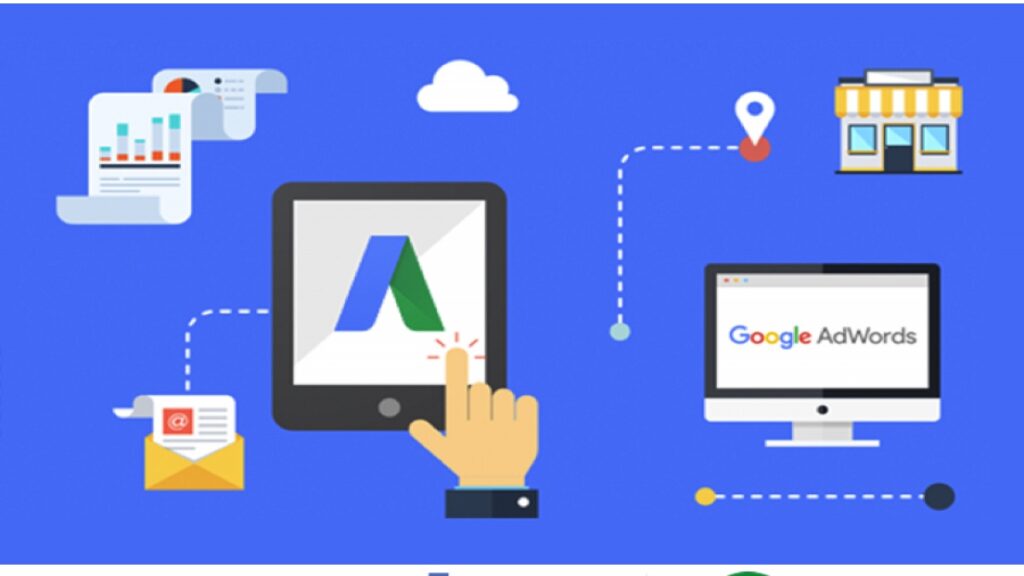
Google Display Network
The Google Display Network not only has the most online publishers, but it also has data that no other platform has — Google’s own proprietary search inquiries. Its targeting is greatly enhanced by its ability to add device search data to locate your best potential customers; this is a huge benefit to the advertiser and a tremendous benefit that is exclusive to Google.
Google Display enables advertisers to purchase ads three different ways:
- CPC — Cost per click is the same way that it sells its AdWords product, only now the click or tap (mobile click) is coming from a display ad and not a search inquiry. CPC is the best way to purchase Google Display ads when the goal is to gain website traffic.
- CPA — Cost per acquisition is another way to purchase display ads. This might be the best way for an ecommerce company to purchase on Google Display.
- CPM — Cost per thousand impressions is the most common way that advertisers purchase on the Google Display Network and it is usually the most efficient way. If your goal is branding, CPM is usually the best way to purchase ads.
The Google Display network also enables an advertiser to purchase ads via dayparting. With dayparting, your ads will only appear at certain times. In a retail environment, many advertisers only advertise when the store is open. Hence, CPMs may be higher during normal business hours than in the overnight hours. If your goal is branding, you can garner a significantly greater amount of impressions if you purchase the off hours when many retailers are closed. Remember, with mobile, there’s no prime time anymore; small businesses can play on the same field as large, national companies.
On the Google Display Network, expect to pay about $6 CPM for most advertising buys. Of course, this can be significantly higher or lower depending on the target market. If you desire to reach high income people, or those with specific job titles, that CPM rate can be anticipated to double.
If you can only afford to do one thing in mobile advertising, make it Facebook advertising. When people go to Facebook, they are typically in relaxation mode: maybe taking a break from work, or having some down time after a long day. This is very different from advertising on Google Display or many of the other mobile display networks where the intent of the user is to find specific information. If you are seeing an ad on the ESPN app, for instance, it could be that you just made a wager on the game and are intensely determined to learn the outcome. That makes you inherently less likely to want to tap on an ad there, because your focus is elsewhere. Not the case with Facebook when you are on “me time.” This is why Facebook advertising works so darn well. People are ready to tap through and ready to pull out their credit card to make a purchase on the spot.
The other thing that makes Facebook advertising so effective is that the ads are right in your News Feed, just like the posts from your brother or your high school ex-girlfriend. They take up 100% of your mobile screen so you can’t miss them. Since Facebook knows so much about you, the ads are usually fairly native, meaning that the advertisement seen is likely for a product or service that you are already interested in.
With an average click through rate of 0.90% and a cost per click of $1.72, Facebook advertising provides an excellent opportunity for advertisers, especially small businesses that don’t have a very large budget.
Take a look at the average Facebook interaction rates in various industries. These statistics are a good starting point for creating interim KPIs if your business doesn’t have previous experience with Facebook advertising.
Cost per action, more often referred to as cost per acquisition (CPA), averages $18.68 across all Facebook categories. Of course, this varies greatly depending on a number of factors, including competition in the industry and the average ticket price of the product.
Since Facebook owns Instagram, you can use the same platform to advertise on Instagram as you do on Facebook. In fact, unless you choose otherwise, Facebook will adjust your budget allocation between Facebook and Instagram based on the engagement that you are receiving. If you are doing better on one platform than the other, the platform will push more to the side that is showing greater engagement. This also does magic for your business because people also use Instagram, along with Facebook, in their down time.
The great advantage of Instagram is that engagement is incredibly high — 10x greater than Facebook. This is great for a business branding campaign. Think about how you use Instagram. You scan the images of your friends and businesses that you follow and you probably like a very high percentage of them. The high engagement rate of Instagram bodes well if your campaign is about branding.
While engagement is usually significantly better on Instagram than Facebook, Facebook does tend to sell better for ecommerce products than Instagram does. It’s no surprise then that 80.4% of all ecommerce traffic from social media comes from Facebook.
Facebook & Instagram CPMs
Cost per thousand impressions on Facebook and Instagram vary widely based on the market you are attempting to reach. RevealBot provides an analysis of the 2020 Facebook CPMs it experienced on Facebook. You can see a downturn after COVID-19 was discovered in March 2020, but then a recovery of the CPM rate as the year progressed. That recovery was no doubt in part due to record spending on the presidential election.
WebFx has a different analysis of average 2020 CPMs for Facebook display advertising. It pegs the average at $7.19. (WebFX, 2020) One might attribute the difference to the type of clients that each company has that may alter the average CPM.
Bob Bentz is president of mobile-first digital agency Purplegator. He is also an adjunct professor at West Virginia University where he teaches the graduate level course in mobile marketing.


